An early 19th Century pocket chronometer by Barraud in a silver consular case. Full plate gilt keywind fusee movement, barrel bridge with blue steel setup and click. Harrison`s maintaining power. Engraved clock with diamond endstone, compensation balance with freesprung helical blue steel hairspring. Unusual white enamel dial the subsidiary seconds at twelve o`clock, Roman numerals for the hours and Arabic minute numerals towards the centre, blue steel hands. Plain silver consular case, hallmarked London 1830, maker`s mark "JD". The movement is hinged at six o`clock with the case latch at twelve o`clock.SignedBarrauds Cornhill London 2/626 ConditionCirca 1814CaseExcellent. DialExcellent but the makers name faded.Diameter 56 mmMovementExcellent.Depth15 mmAn interesting watch demonstrating the way high quality timekeepers were kept in use in the 19th Century. This watch was taken in by Barrauds (probably in exchange for a later one) brought up to date and resold. The original number of the watch was 626 and the earliest of the 1814 calliper. The numerator "2" was added when the movement was refurbished. A new dial and case were also fitted. This watch is illustrated in Cedric Jagger`s book on Paul Philip Barraud and described :- "Modernised 1814 pattern, with dial exhibiting minutes within the chapter numerals. Since 625 is a transitional design, this is probably the first of the 1814 calliper in its complete form; even as modernised, the basic dial design has been retained. The modern balance has blades rivetted to the cross-bar and divided some distance away from it; each short overlap incorporates a screw (for adjustment of poise?)."
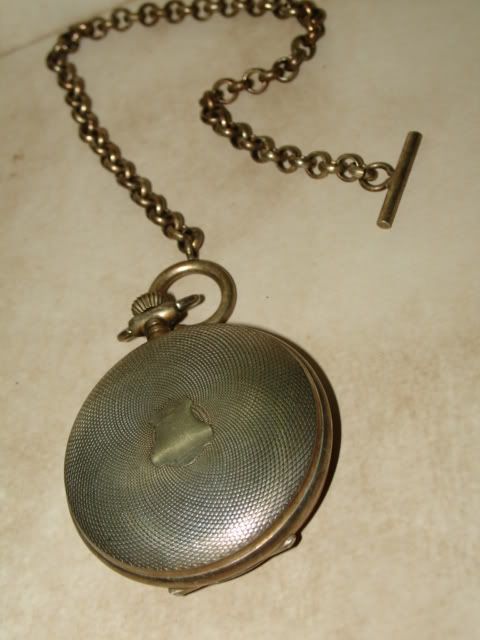
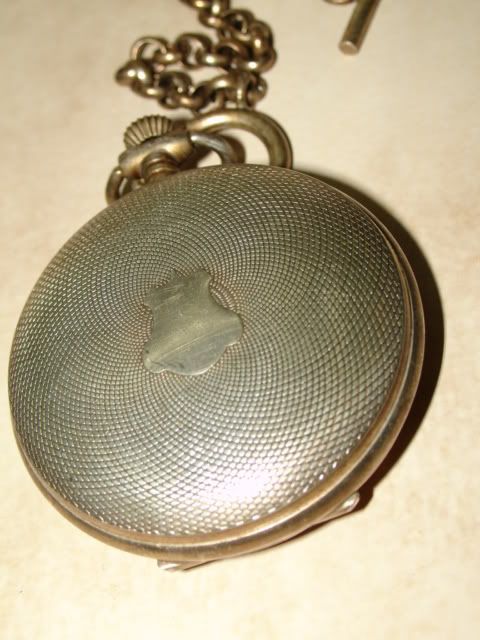
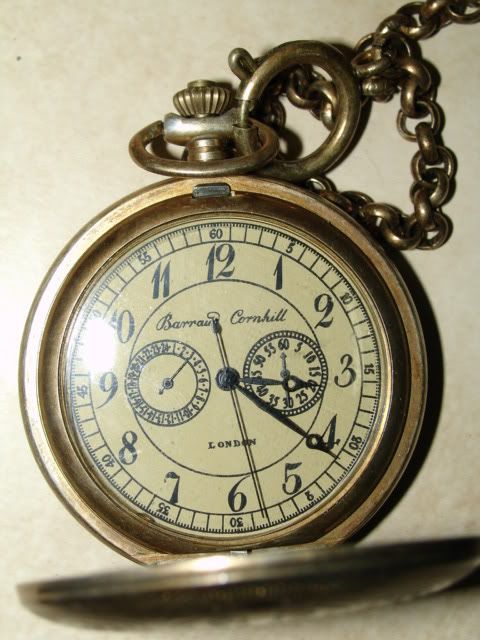
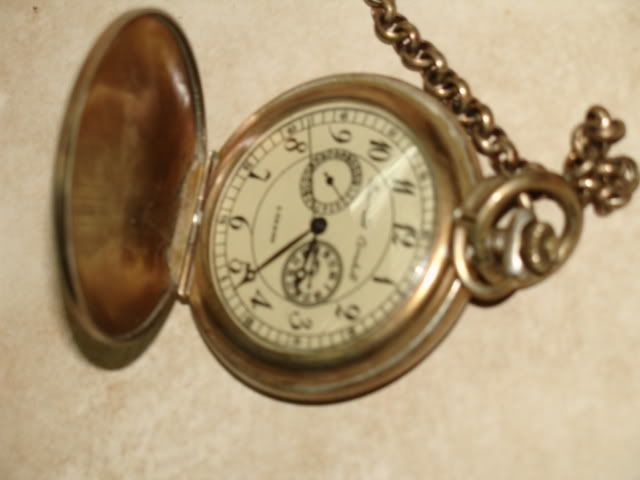

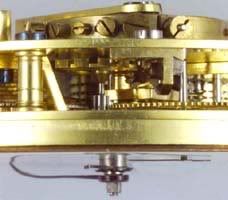







pocket watch
I'd like to see the hall mark, the date looks too early for me.
Lovejoy